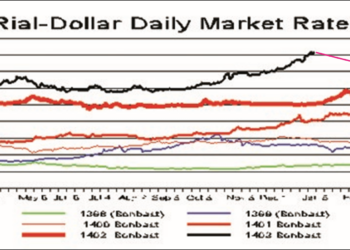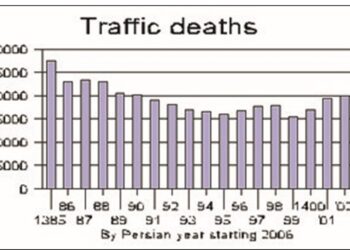a pipeline that Iran says could be extended to provide gas to Europe.
The signed agreement was a memorandum of understanding, essentially little more than an outline.
The 2,000-kilometer pipeline is expected to cost $10 billion, according to Iran, but the money hasn’t been lined up yet. Even that number is soft as there has not yet even been a feasibility study.
As for selling gas to Europe, the EU decided about two years ago to buy no natural gas from Iran until the nuclear issue is resolved. Javad Oji, chairman of the National Iranian Gas Co. (NIGC), ignored that basic fact and told reporters the fact the Arab countries are ready to pipe gas across their territory to Europe proved that Western sanctions against the Islamic Republic are ineffective.
The pipeline is to be a giant one, 56 inches (142 centimeters) in diameter. It will have a capacity of 110 million cubic meters a day. Oji told reporters Iraq sought 20 million cubic meters and Syria 20 to 25 million, which would leave 60 percent of the pipeline’s capacity untapped.
According to the Mehr news agency, the MOU envisages creating three working groups to look at, respectively, technical, financial and legal aspects of the project, which has been under discussion since 2008. “Soon the feasibility studies will be given to an international consultant,” Oji said, indicating how little planning has progressed to date.
Another issue with the MOU is that Iran has already told Turkey it advocates building a pipeline across Turkey to get Iranian natural gas to Europe. Turkey is, therefore, not likely to be overjoyed about the MOU with Iraq and Syria. Furthermore, building a pipeline across Syria doesn’t get gas to Europe, just to the Mediterranean coast. Beyond that point, another pipeline would be required to loop up through Turkey and into Europe or highly expensive plants would be required on Syria’s coast to liquefy gas so it could be taken by tanker across the Mediterranean to Europe.
Iran current produces 600 million cubic meters a day of natural gas, with most consumed domestically. About 37 million cubic meters are exported, mostly to Turkey.













